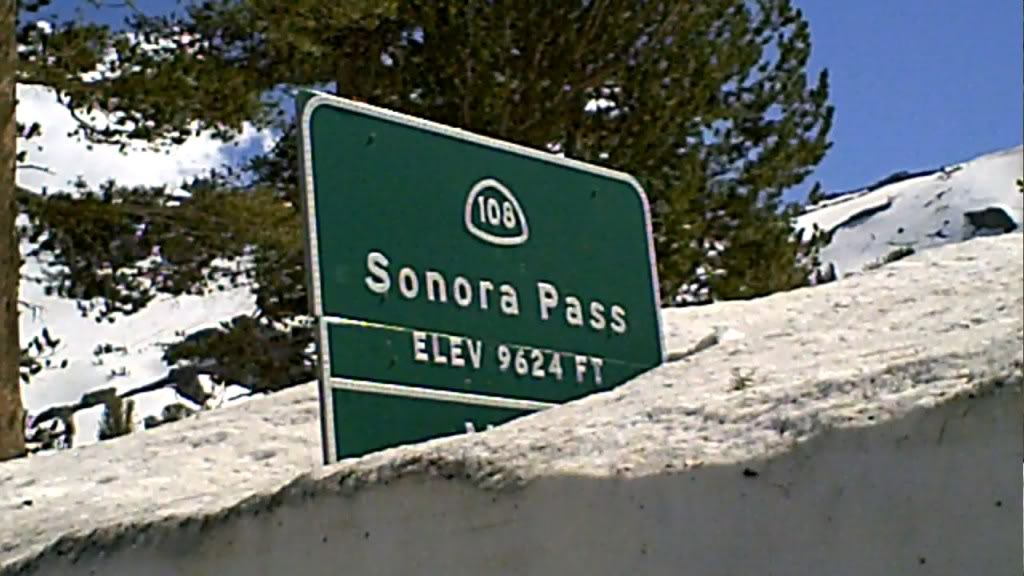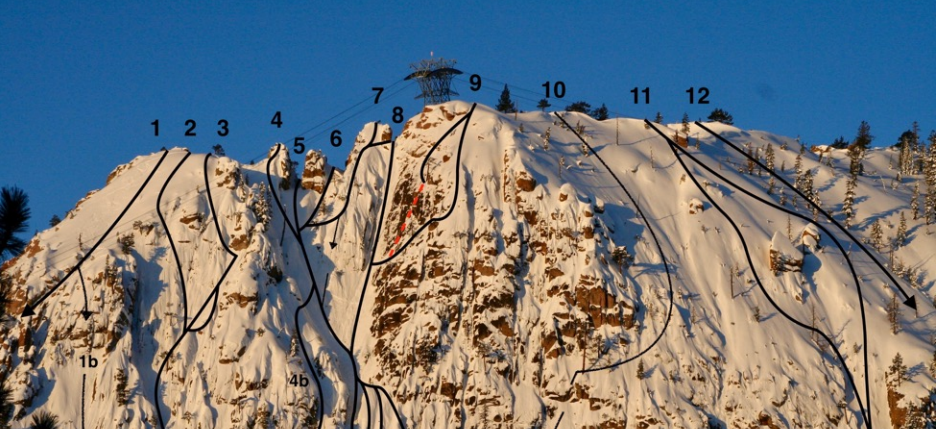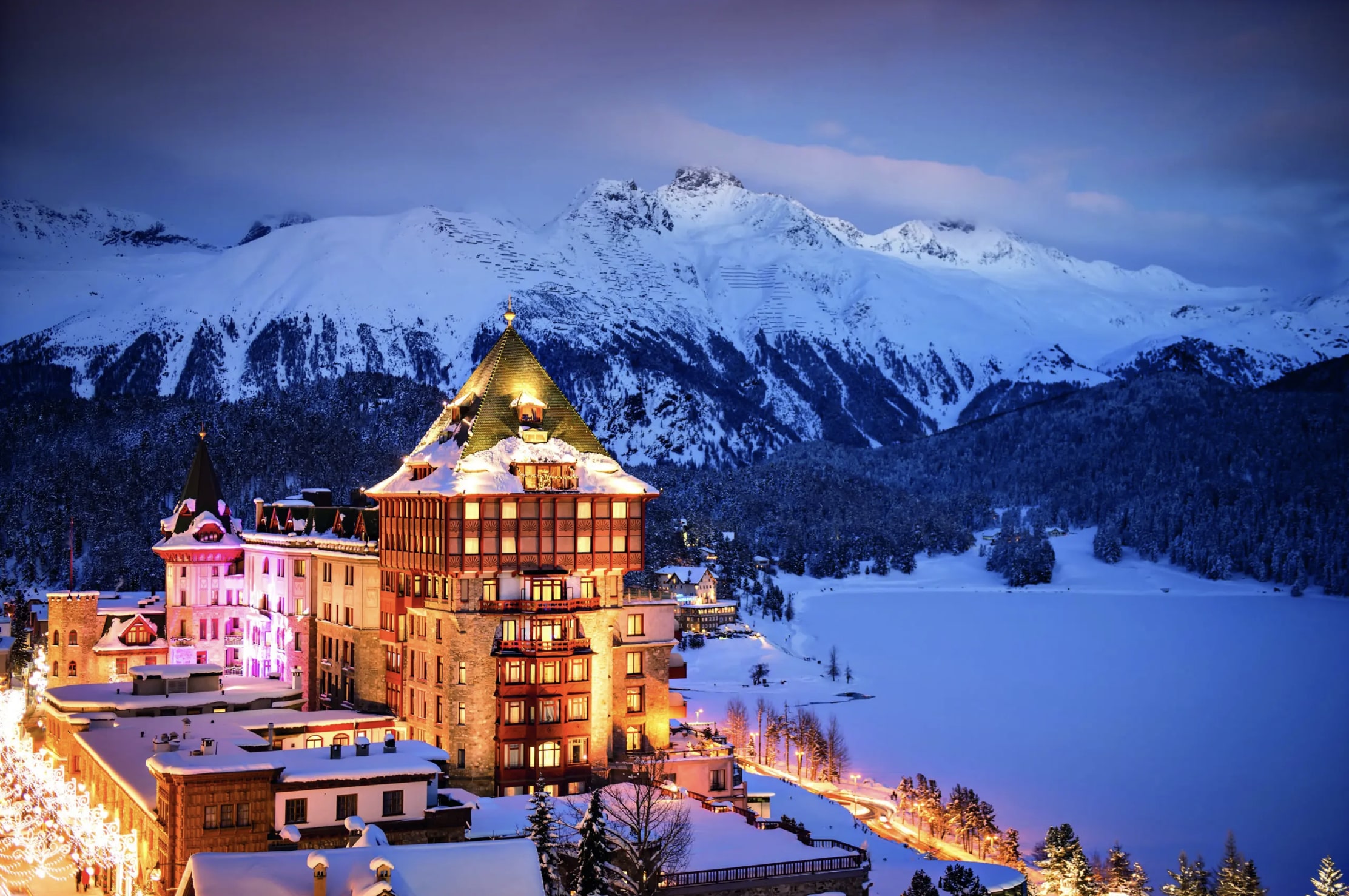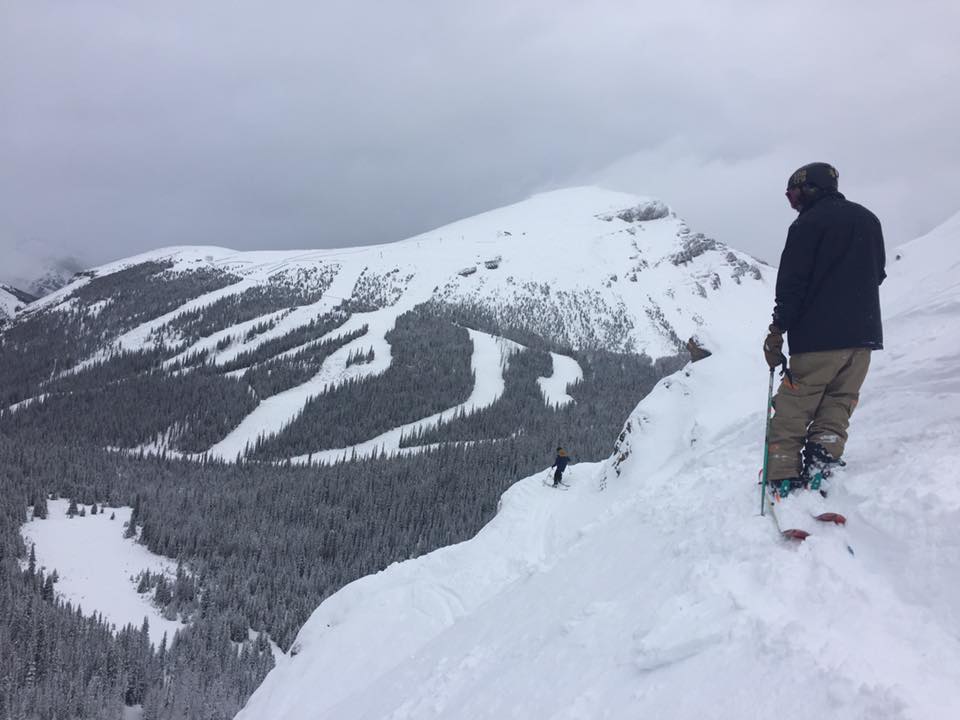
Unfortunately, the summer is off to a fiery start. This week alone, there are 56 active wildfires burning across California, Colorado, and the rest of the West, many in urbanized areas. The fires are taking lives, burning down homes, costing the economy billions of dollars, and affecting air quality.

Scorching more than 100,000 acres, the Spring Creek Fire is already the third-largest fire in Colorado history and is set to become the second. Climate change is the underlying driver for the hot, dry conditions affecting Colorado, which now has nearly a third of the nation’s active wildfires.

Lightning set off the Georges Fire near the Mount Whitney trailhead in the Sierra Nevada, temporarily halting hiking and camping activity in the area. Officials from the California Department of Forestry and Fire Protection (Cal Fire) estimated the damage at 2,883 acres, with 42 percent of the blaze contained. The consequences of this fire outweigh its size, particularly because of the disruption to the Pacific Crest Trail where scaling Mount Whitney is a “summertime ritual” in the Eastern Sierra range.
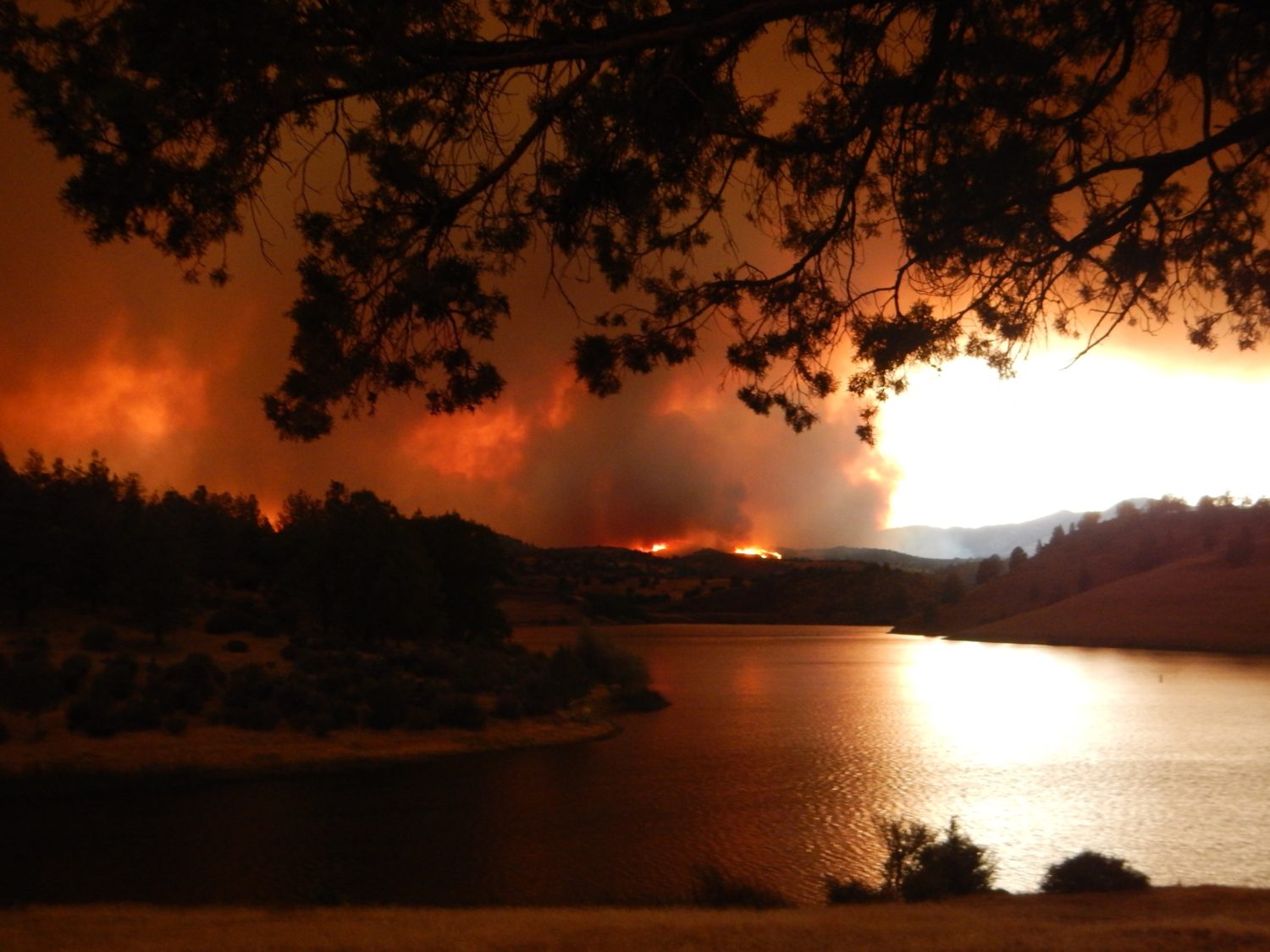
After charring northern California for a week, the Klamathon Fire jumped the border into Oregon, where it continues to burn at 95 percent containment over 38,000 acres. The fire has prompted evacuations in both states and according to Cal Fire, one California resident has been killed, three people have been injured, and 82 structures have been destroyed as a result of the fire.

Before officials stemmed its blaze, the County Fire burned 20 structures across more than 90,000 acres. Northern California’s wine country has faced many fires in previous years, and Cal Fire blamed this latest fire on an “improperly installed” livestock fence.

A wildfire burning largely out of control on the western edge of Yosemite National Park has killed one firefighter and shut down State Route 140, a major access route into the park. The Ferguson Fire west of Yosemite National Park is also responsible for degrading air quality and visibility in the Sierra and Western Nevada early Monday. With the fire still burning actively this afternoon, more smoke is expected by Tuesday morning. If you are sensitive to smoke, stay indoors as air quality will remain moderate to unhealthy for sensitive groups.


